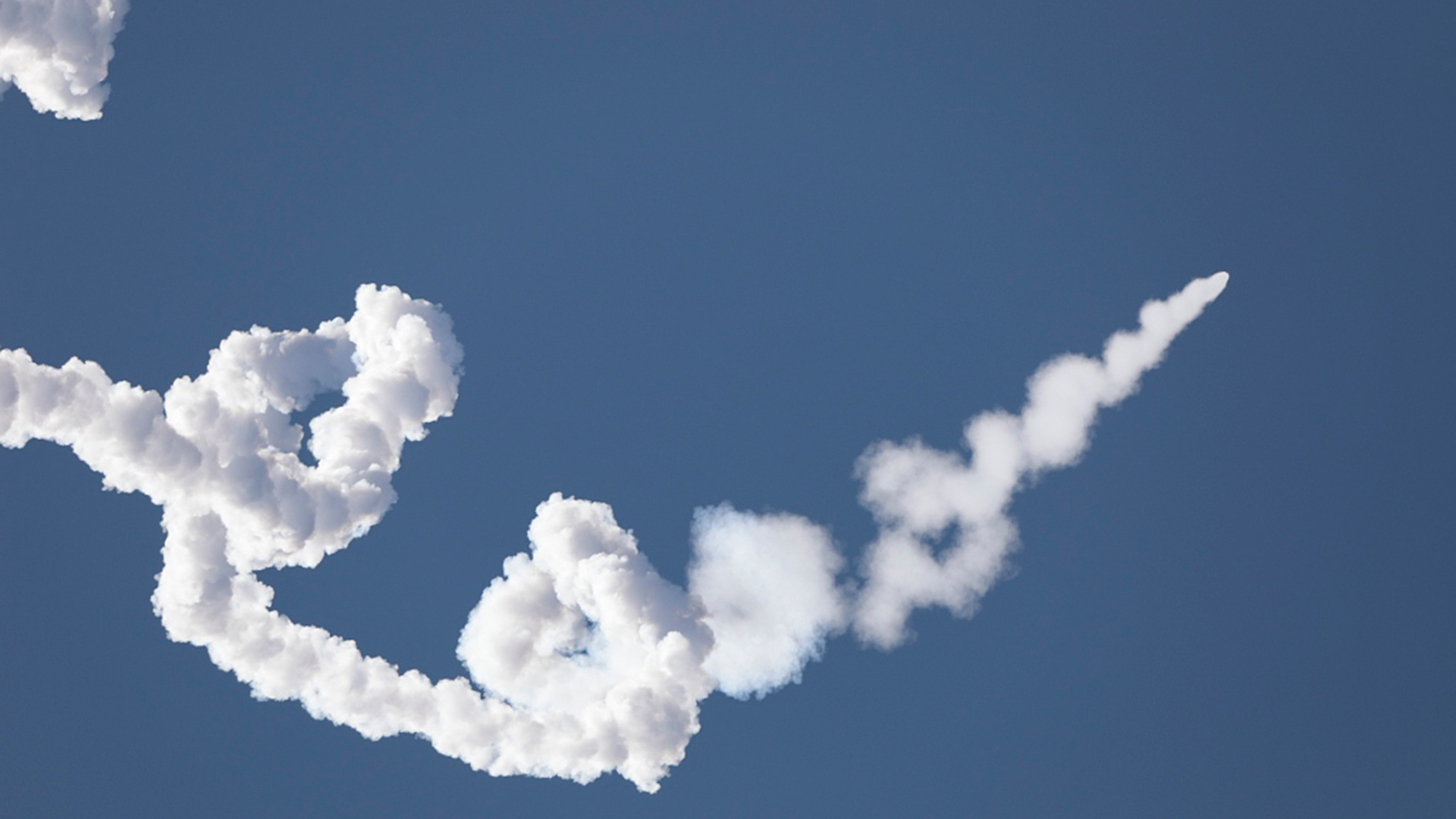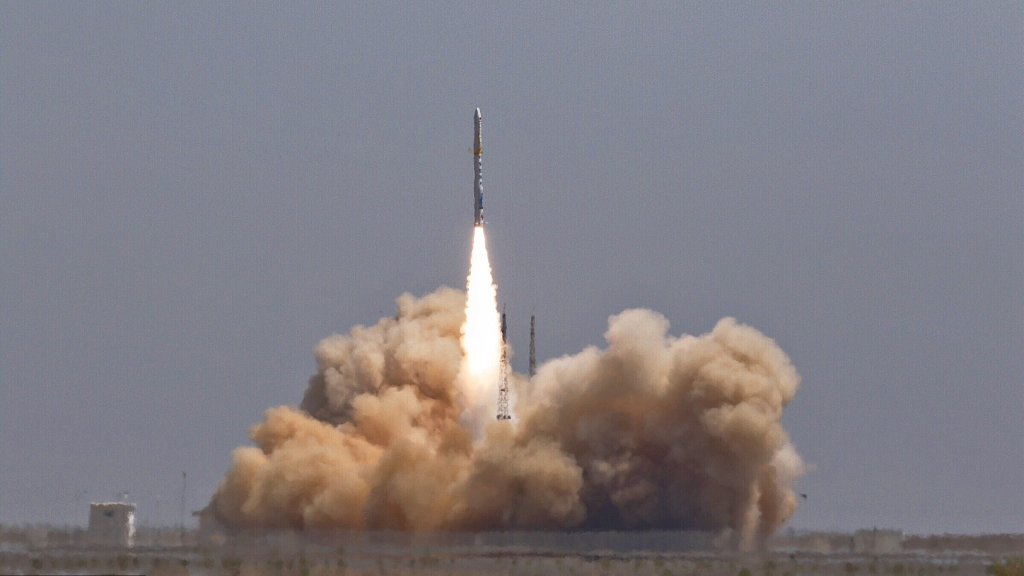

A Beijing-based startup successfully sent two satellites into designated orbits via its own rocket Thursday, making it the first Chinese commercial satellite launch.
SQX-1 Y1, the 20.8-meter-tall four-stage solid-propellant carrier rocket developed by i-Space carrying two satellites blasted off at 1:00 p.m. BJT from a supporting pad in the large desert at the Jiuquan Satellite Launch Center in northwest China.
With a liftoff weight of 31 metric tons and a diameter of 1.4 meters, the rocket can carry a payload of 260kg into a sun-synchronous orbit 500 km above Earth. The two satellites carried three payloads and two commercial counterweights.

Beijing-based startup i-Space successfully launched its carrier rocket called SQX-1 Y1. /VCG Photo
Apart from being the first private company in China to complete an orbital launch, the company said it was also the first of its kind to launch multiple satellites onboard one rocket, and realize space advertising and send the video back.
"The launch is of great significance," said Zhang Xiaomin, a professor at the Beijing Institute of Technology, because it indicates that China's privately-developed commercial space carrier rockets have the capacity to carry payloads into space.
By 2020, i-Space is slated to complete launch missions of SQX-1 Y2 to SQX-1 Y6 carrier rockets.
"In the future, i-Space will build a spectrum of carrier rockets from solid-propellant to liquid- propellant, from small to large," said Cai Jingqi, vice president of the company. He said the company wants to help build China into a space power, "we'll strive to occupy a place on the international stage through highly reliable, low-cost and quick-response carrier rockets."
China's commercial launch trials
Established in 2016, the startup i-Space officially started operating in August 2017.
It launched its SQX-1S suborbital rocket in China's southern island province of Hainan in 2018 as a flight test.
A suborbital rocket usually has a flight path of less than one complete orbit of the Earth, according to Xinhua News Agency. It can reach an altitude of more than 100 km above sea level and then falls back to Earth.
After two failed orbital launches, i-Space succeeded on Thursday.
China's LandSpace Technology Corp. also tried to send its solid-propellant Zhuque-1 to orbit in last October, but failed due to an issue with the third stage.
Another private aerospace company OneSpace launched its carrier rocket, Chongqing Liangjiang Star, from the Jiuquan Satellite Launch Center last March, but ended up losing control of the rocket shortly after the first stage separation.

Copyright © 2018 CGTN. Beijing ICP prepared NO.16065310-3
Copyright © 2018 CGTN. Beijing ICP prepared NO.16065310-3